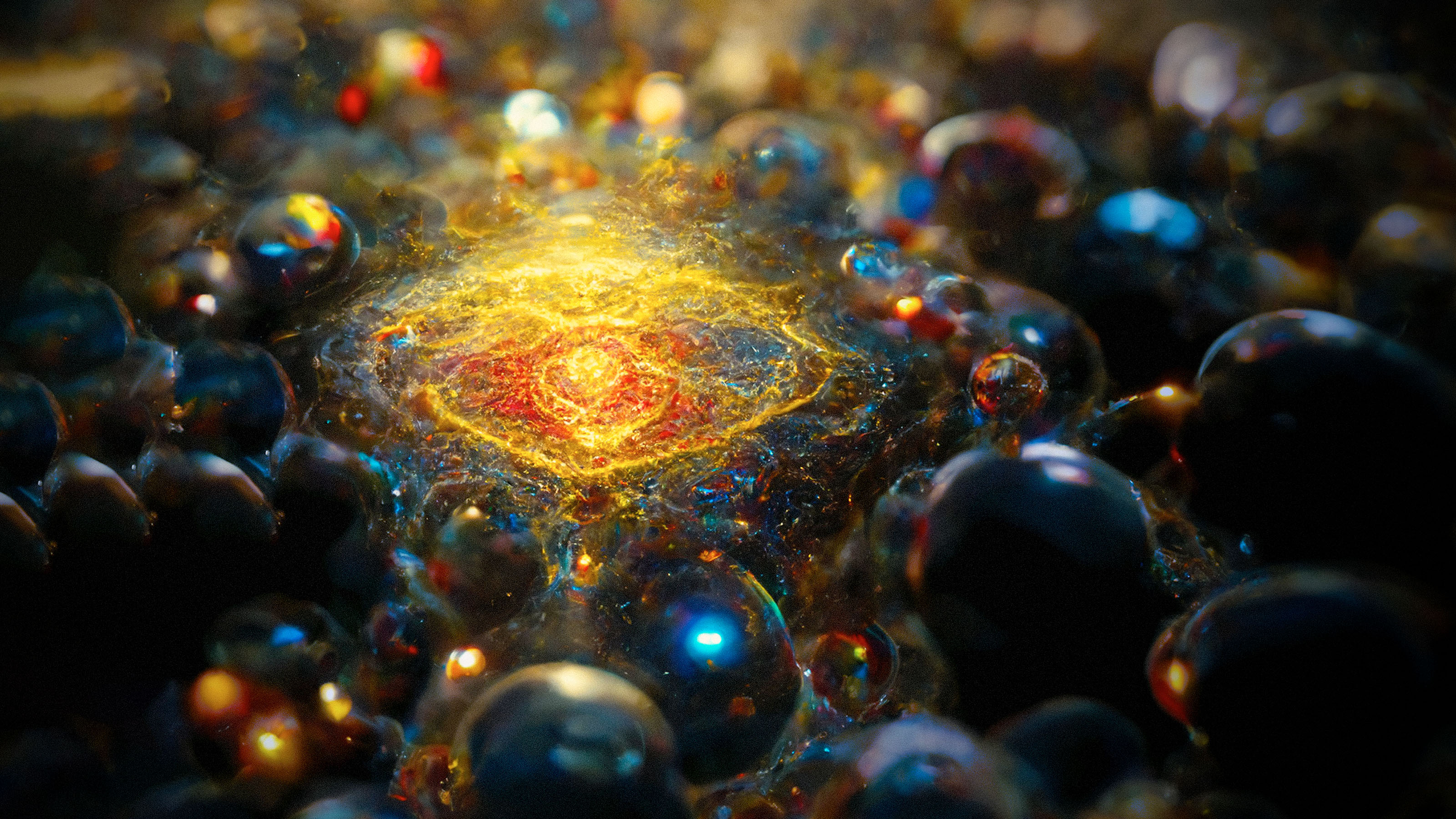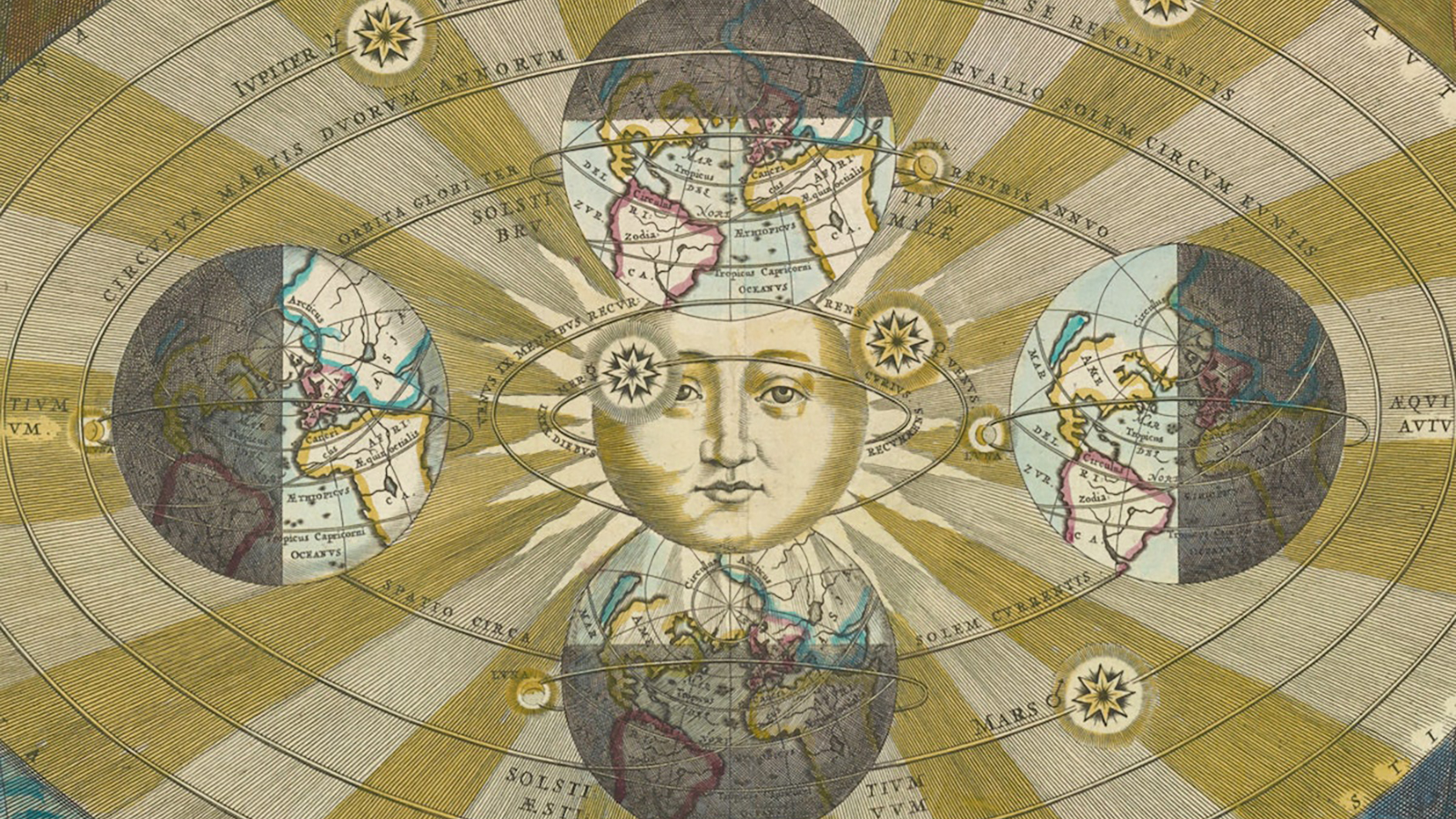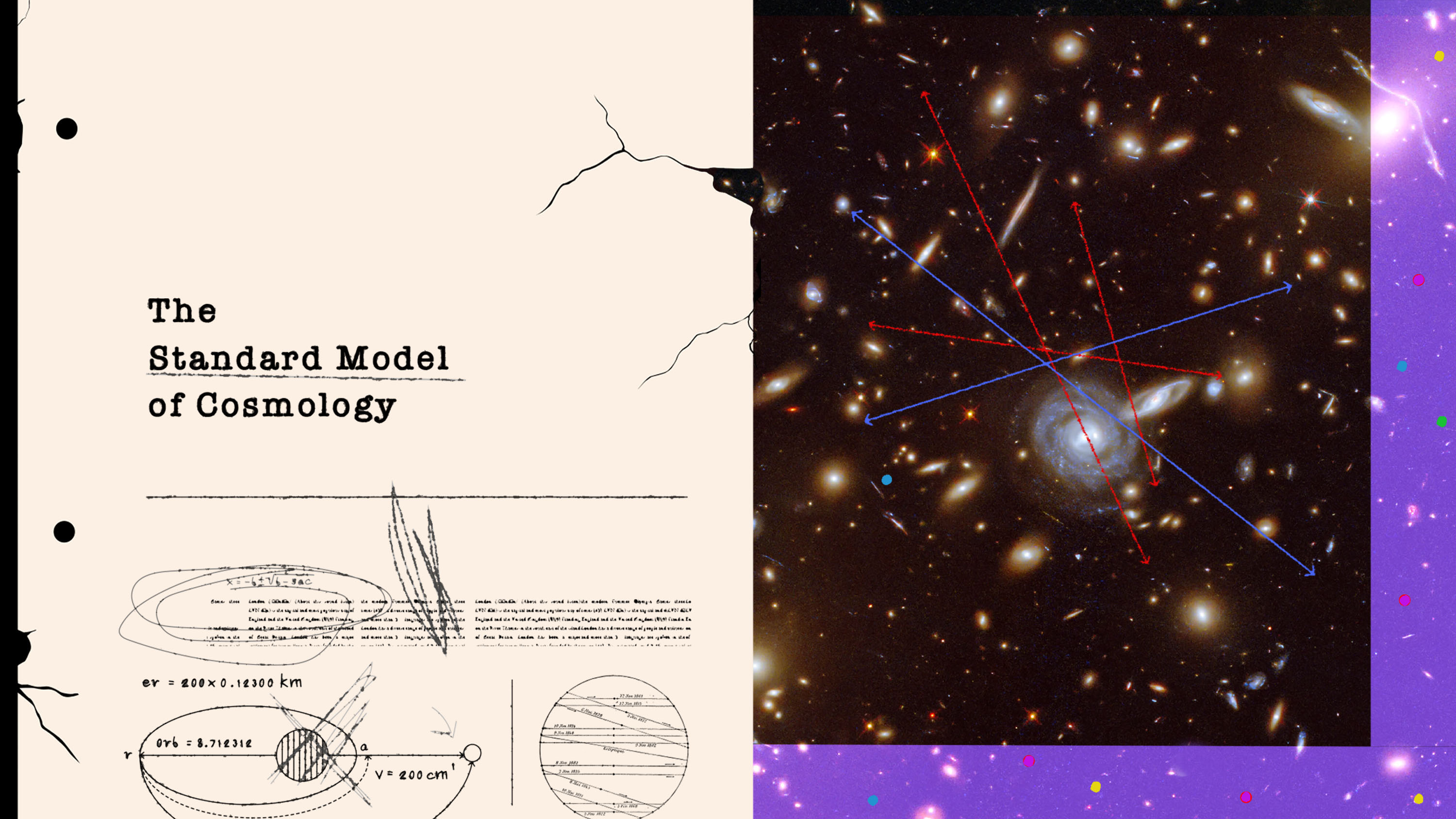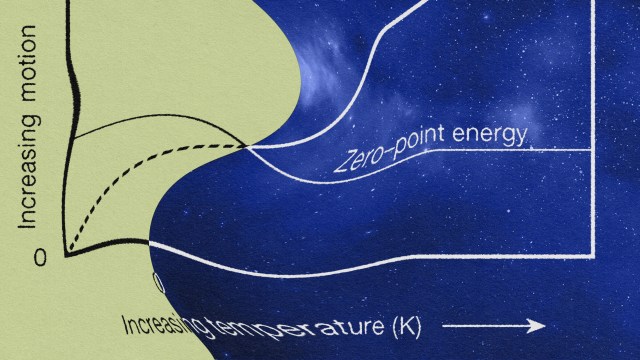Is the Universe fine-tuned for life? Here are 3 answers

- It is often argued that our existence in the Universe is no accident and that the Universe is fine-tuned for life.
- But what do we really mean by fine-tuned? Is fine-tuning due to a new (unknown) set of laws of nature or some supernatural or otherwise unknowable fine-tuner?
- Can physics really answer this question in a scientific manner? Or are we creating a story where there isn’t one?
If you follow the writings and ideas of many theoretical physicists and scientific magazines and publications, you surely have come across a statement that goes somewhat like this: “The Universe is fine-tuned for life. If you look at the constants of nature, like the mass of the electron and the quarks, the strength of the gravitational or strong nuclear force, and many other constants that physicists use to describe natural phenomena, you realize that their values are such that, if tweaked by even a tiny bit, life in the Universe wouldn’t be possible. So, the universe, or the constants of nature, must be fine-tuned for life to be here.”
It is common to hear that we live in a “Goldilocks Universe,” perfectly tuned for life to exist. Once you frame the story this way, there are three possibilities: (1) It’s just an accident — that is, the Universe is what it is, and we are the ones who tell the story by measuring the constants of nature; (2) there is a “fine-tuner,” and what you call this “fine-tuner” is up to you, be it God or panpsychism (see my conversation last week with philosopher Philip Goff), and the Universe’s purpose is to have intelligent life; or (3) we live in a multiverse, and our Universe just happens to be the one where things work out for life to exist. In other words, if you don’t want God, you had better embrace the multiverse.
Let’s take a closer look at each of these three possibilities, starting with the last two. Consider the second choice, that there is a fine-tuner. The problem with positing some kind of fine-tuner, be it supernatural or panpsychic, is that we cannot prove it. So, we must take this as an article of faith. That is a personal choice, but it is not very useful scientifically even if it is soothing psychologically.
A multiverse of problems
That is why so many scientists embrace the third choice, the multiverse. If you reduce the issue of the values of the fundamental constants to a cosmic lottery, then essentially you are pushing the problem to probabilities. There is a multitude of possible universes out there, each with different values of the constants of nature, and ours happens to be the one where things work out for stars and planets to exist, and for biochemistry to have emerged on at least this planet of ours, possibly many more. The multiverse implicitly assumes that there is some kind of metric to determine the different probabilities for universes to exist with different values for the fundamental constants, even though we have no clue how to establish this comparison.
Also, the multiverse is based on very speculative physics, either string theory or inflationary cosmology, or a combination of the two. In its simplest form, the multiverse comes from a field called the inflaton, which is presumed to have triggered an exponentially fast and very short-lived period of cosmic expansion in the early Universe. Inflationary expansion does solve some of the conundrums of cosmology (and in principle doesn’t need the more exotic physics of string theory), but it does so at the price of calling for a physics we aren’t sure exists (namely, the multiverse).
Even if inflation is the right model for the early Universe, and it could be, the problem is that we cannot ever know if the multiverse exists or not, given that other universes are outside the bubble of information we call the cosmic horizon. So, in practice, the multiverse amounts to a solution of the fine-tuning problem that is not that much different than the supernatural or panpsychic proposals of the second possibility — something that possibly exists but cannot be verified to exist. The multiverse is an article of faith. The hardest challenge in speculative theoretical physics is to discern between the allure of a beautiful idea and what it takes to have it be part of the real world.
There is no fine-tuning problem
This leaves us with the first choice for the fine-tuning problem, which simply states that there is no fine-tuning problem. If we take a historical approach to how our current physical picture of the Universe was built, we realize that the constants of nature are measured parameters we use to create models that describe what we see. We measure the mass and charge of the electron, or the strength of the strong nuclear force, or the masses of the quarks, and then use these values in models that describe how particles and objects interact with each other. It is obvious — and rather unsurprising — that the only reason we can measure these values is because we are here.
This project has been incredibly successful in providing us with a grand picture of the physical Universe. But nowhere in the conceptual framework of physics has it been suggested that we need to explain the values of the constants of nature with some kind of predictive model. In fact, if we think about it a bit, we realize that such a task is fundamentally impossible. Any model of the physical Universe needs to start with some value of a parameter that establishes the energy scale at which this model operates.
For example, in string theory, which many believe to be the closest we can have to such a model, the free parameter is the so-called string tension, essentially telling us the energy per unit length of the fundamental string (which is huge, by the way). One can then ask: But why this value and not another? And the answer usually goes like, “Because this is the Planck energy per Planck length, and nothing else could fit here.” But this is not really an answer. It is an assumption that this is where physics as we know it stops. It is not, and it cannot be, a fundamental “first principles” prediction because every model is built upon a conceptual framework that must assume a starting point.
Astrotheology
So, is the Universe fine-tuned or not for life? Given that we have no evidence of life elsewhere, and that it is conceptually impossible in physics to calculate the constants of nature from “first principles” without other in-built assumptions, it seems that answers to the fine-tuning problem that call either for a fine-tuner or the multiverse are trying to add a dimension to physics that doesn’t belong there. Maybe we could call it astrotheology — which would be fine with me, but it’s not really physics as we know it.





